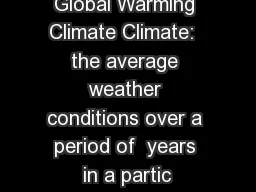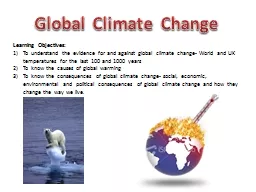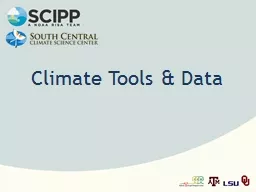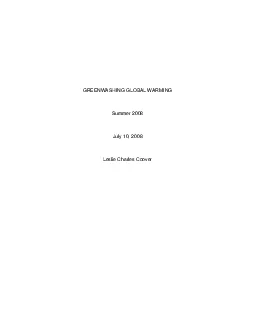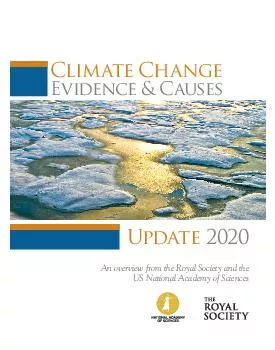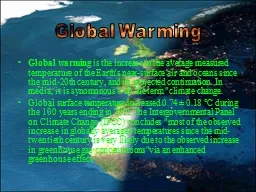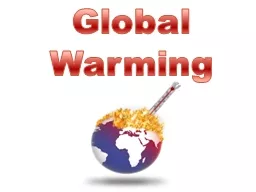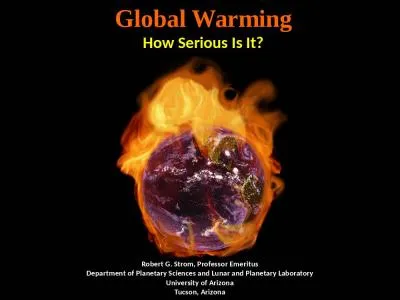PPT-Global Warming Climate Climate: the average weather conditions over a period of years
Author : myesha-ticknor | Published Date : 2018-10-06
Climate is influenced by a variety of processes including geologic processes Volcanism Seafloor spreading Configuration of landmasses due to plate tectonics Climate
Presentation Embed Code
Download Presentation
Download Presentation The PPT/PDF document "Global Warming Climate Climate: the ave..." is the property of its rightful owner. Permission is granted to download and print the materials on this website for personal, non-commercial use only, and to display it on your personal computer provided you do not modify the materials and that you retain all copyright notices contained in the materials. By downloading content from our website, you accept the terms of this agreement.
Global Warming Climate Climate: the average weather conditions over a period of years: Transcript
Download Rules Of Document
"Global Warming Climate Climate: the average weather conditions over a period of years"The content belongs to its owner. You may download and print it for personal use, without modification, and keep all copyright notices. By downloading, you agree to these terms.
Related Documents

